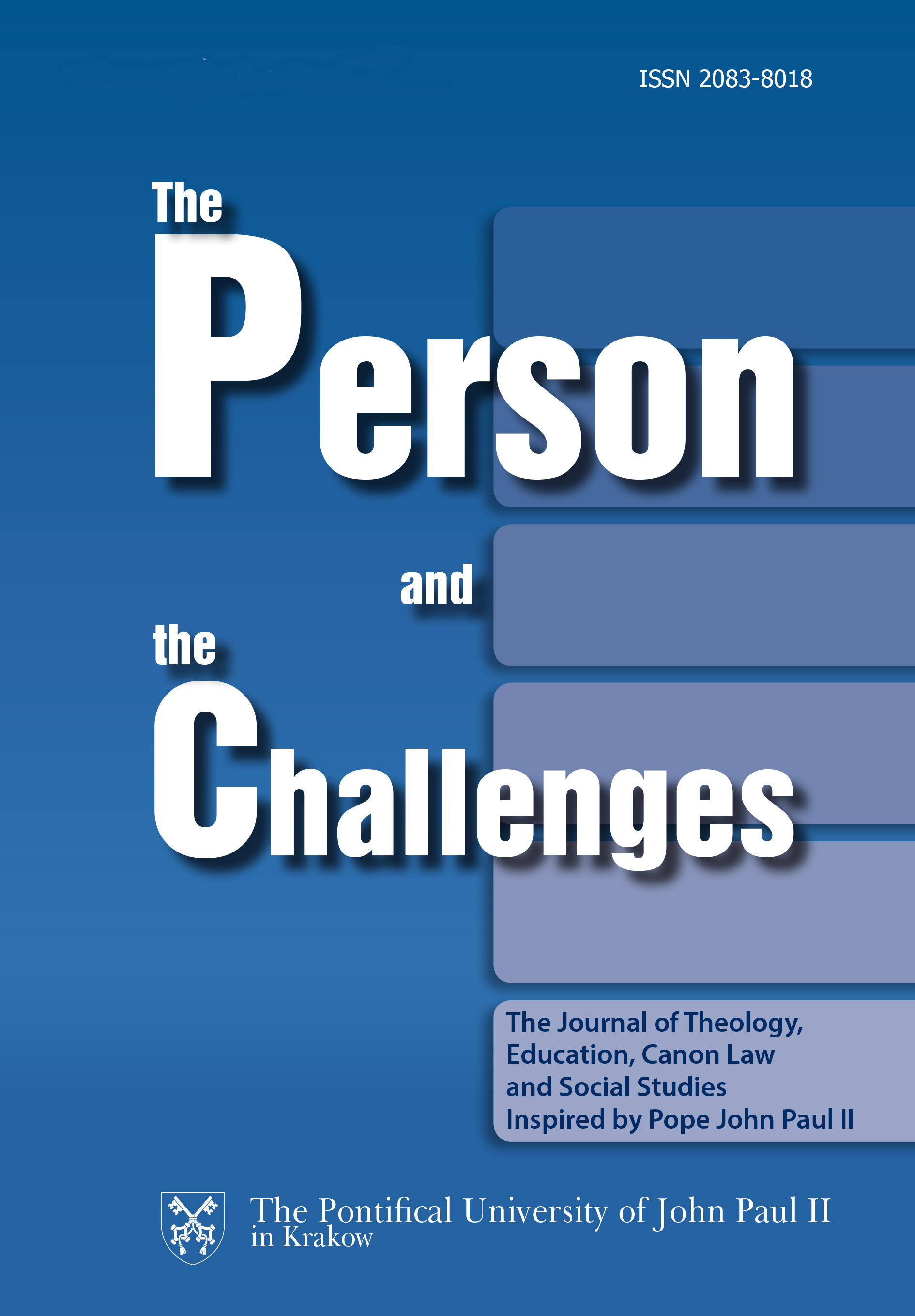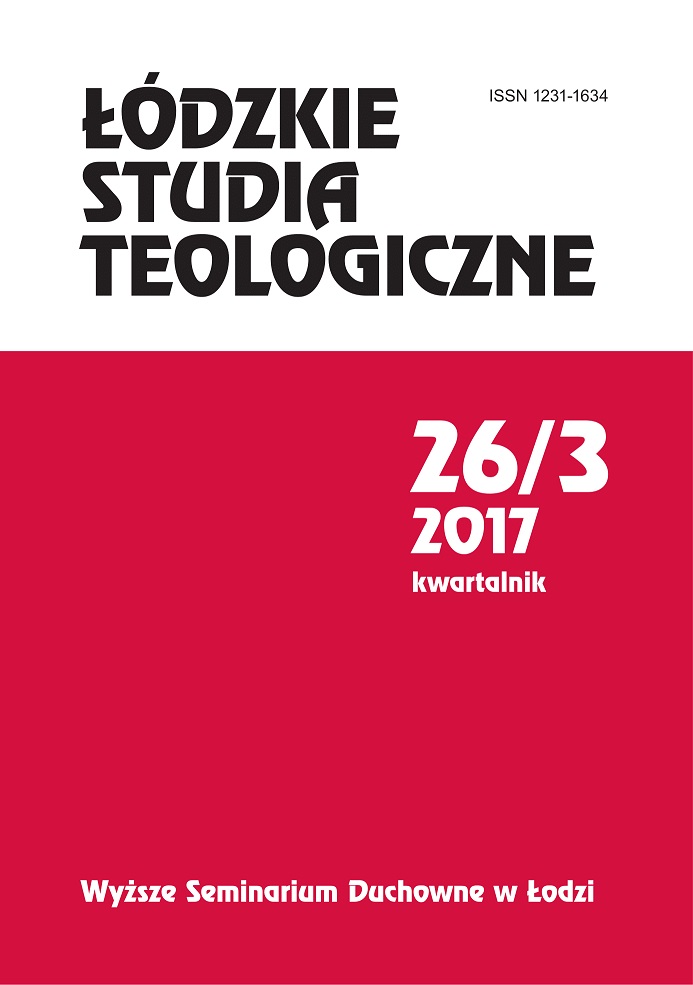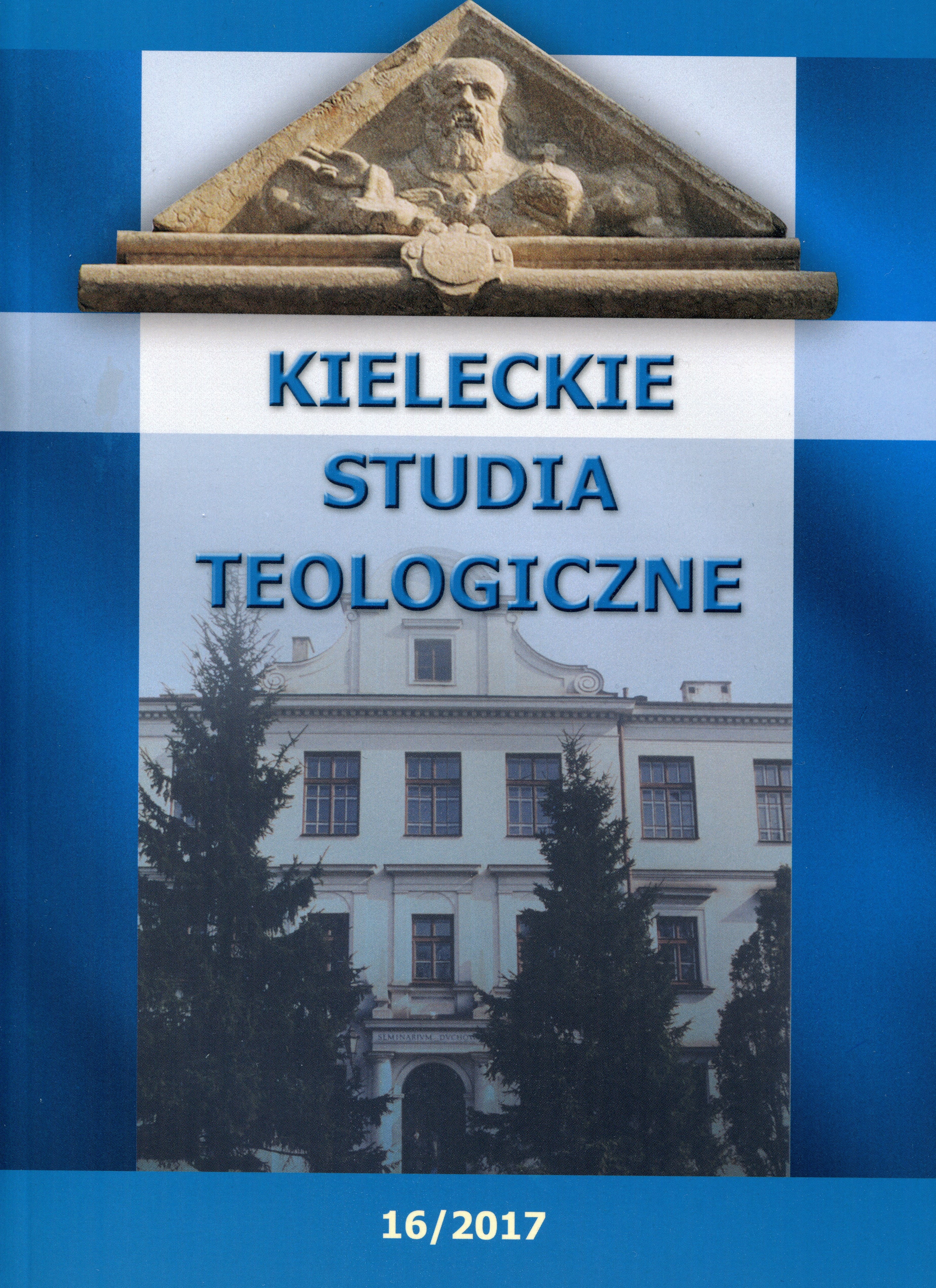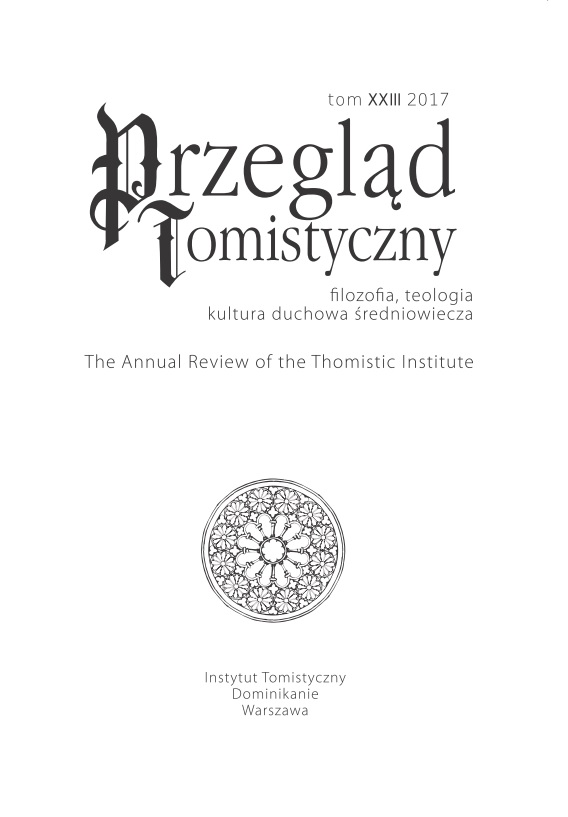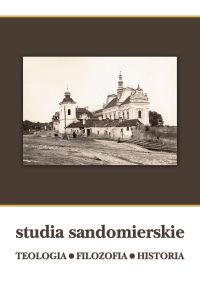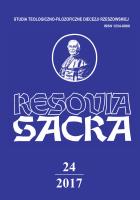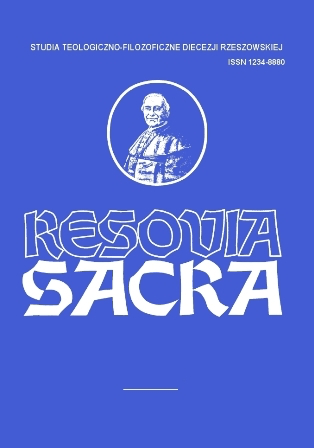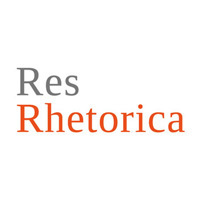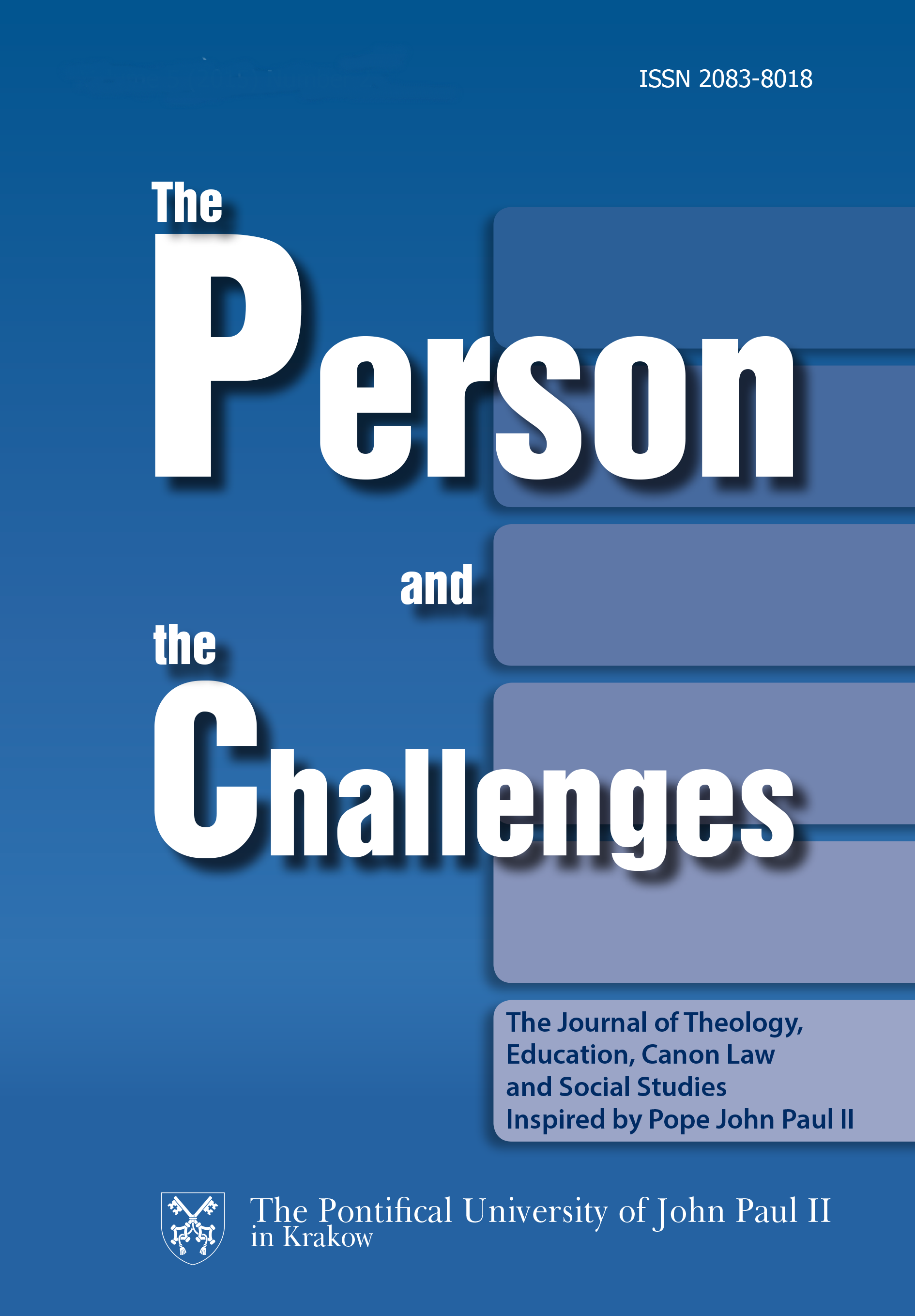
The Relationship between God and Israel as a Biblical Portrayal of the Bond between God and the Person in the Light of Deuteronomy 1:1–4:43
As the fifth book of the Pentateuch, Deuteronomy depicts a panoramic synthesis of the entire history of Israel. Consequently, its message is very important for Old Testament theology. Deuteronomy had its origin as a book of God’s Law, communicated to the Israelites by Moses, giving them in a certain way the best guidance possible through the course of their history. The Book of Deuteronomy raises important issues in the life and faith of the Israelites just as they prepare to enter the land of promise. The most important of them is the relationship between God and Israel; that direct connection of Israel’s obedience to the divine law that should be treated as ‘rule of life’ in the Promised Land. Moses’ first address to Israel (Deut 1:1–4:43) allows us to capture generally the essential elements that influence both positively and negatively on forming the vital relationship with God: the only One who can provide for every person a happy life – lived to the full.
More...
